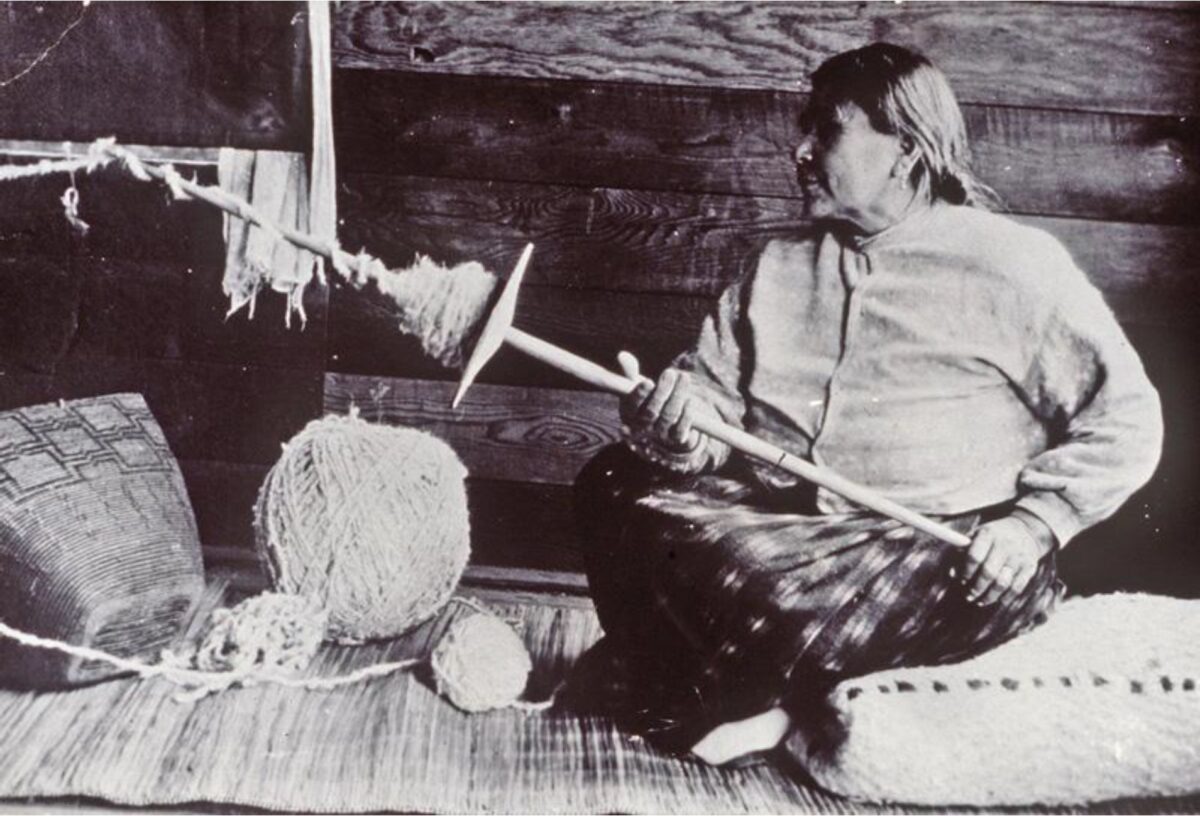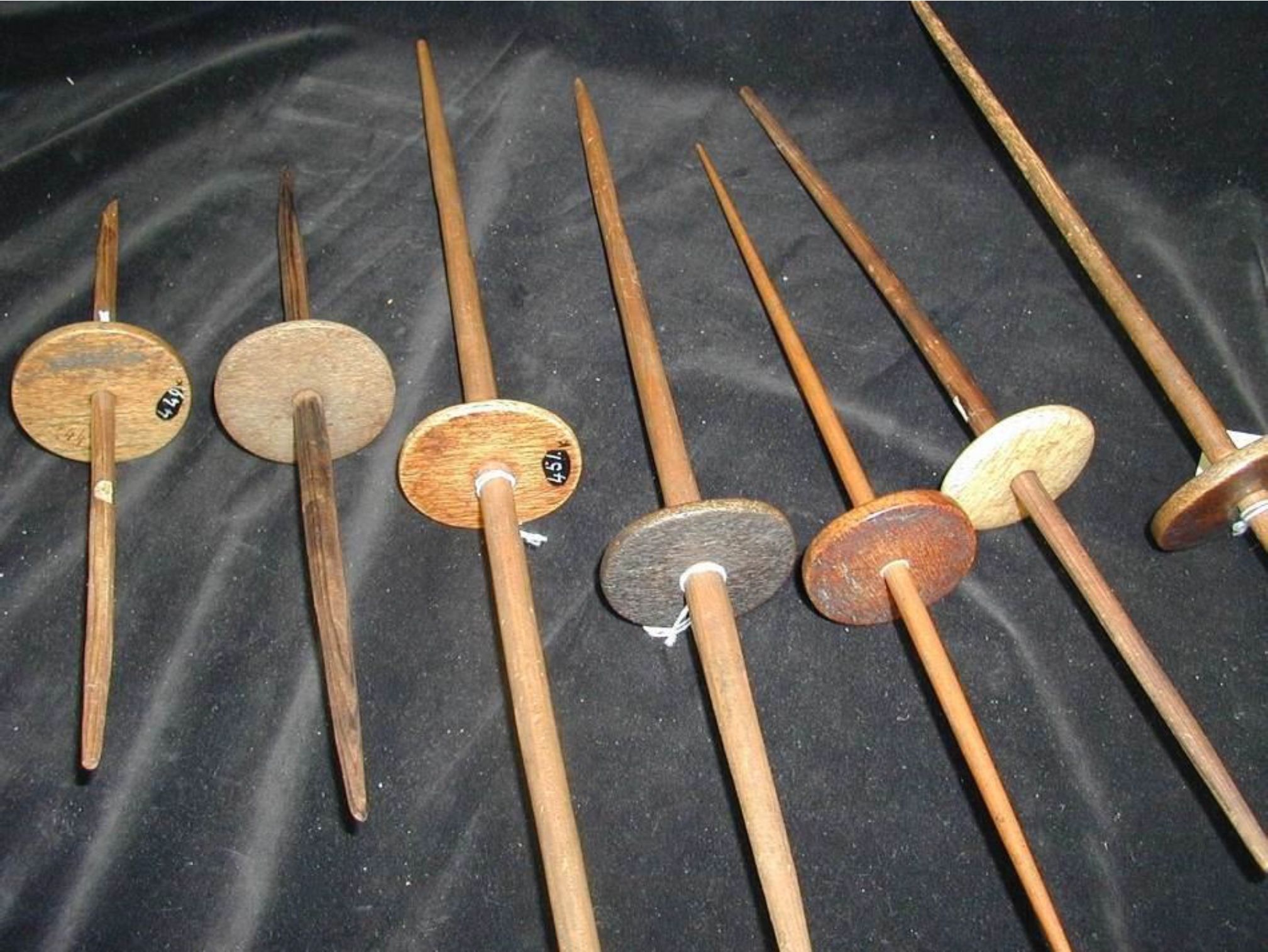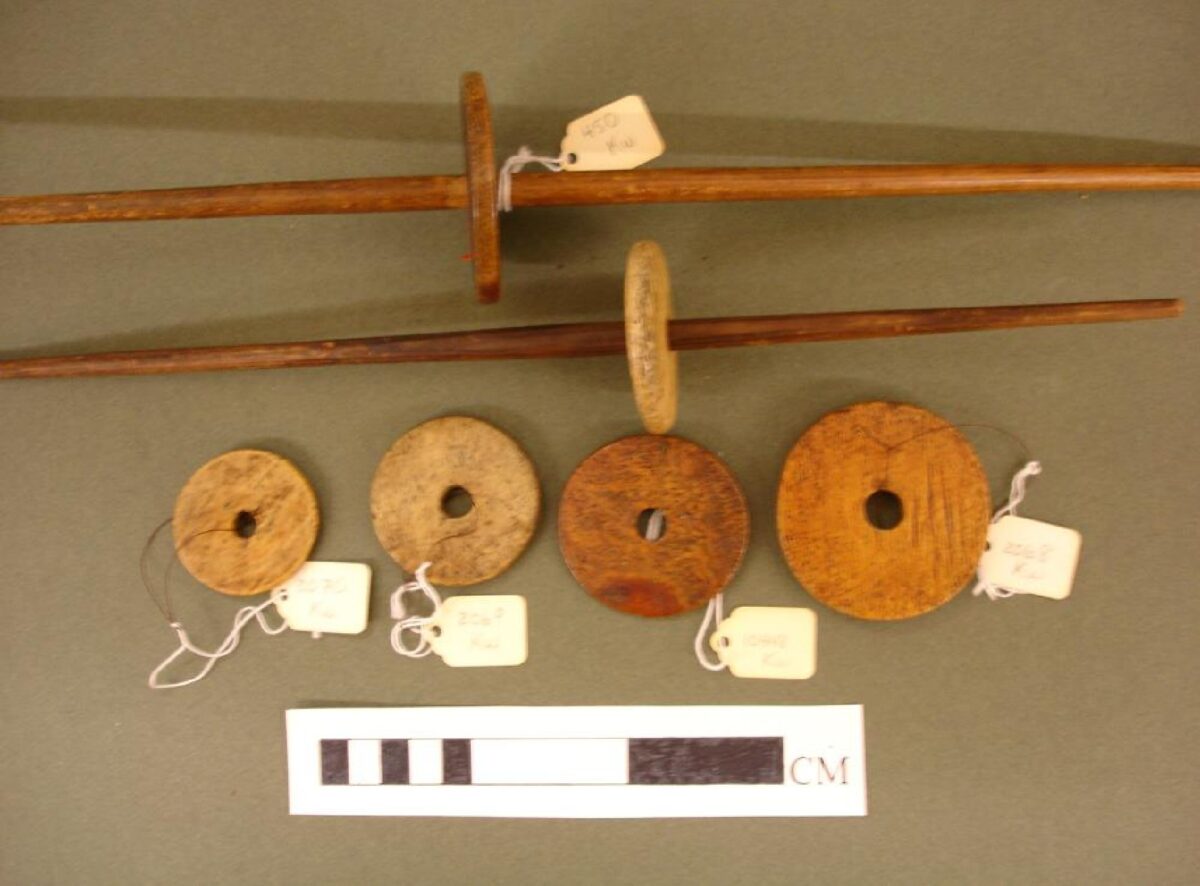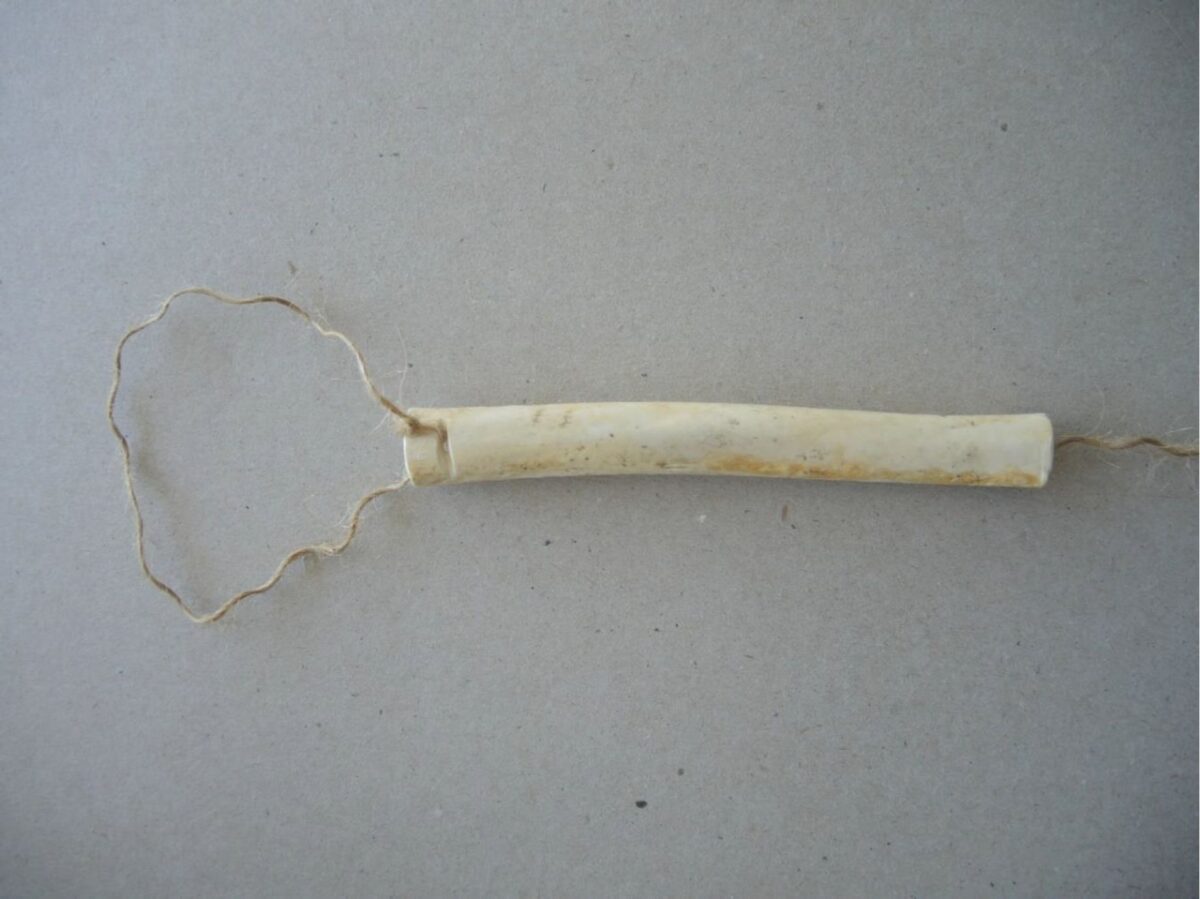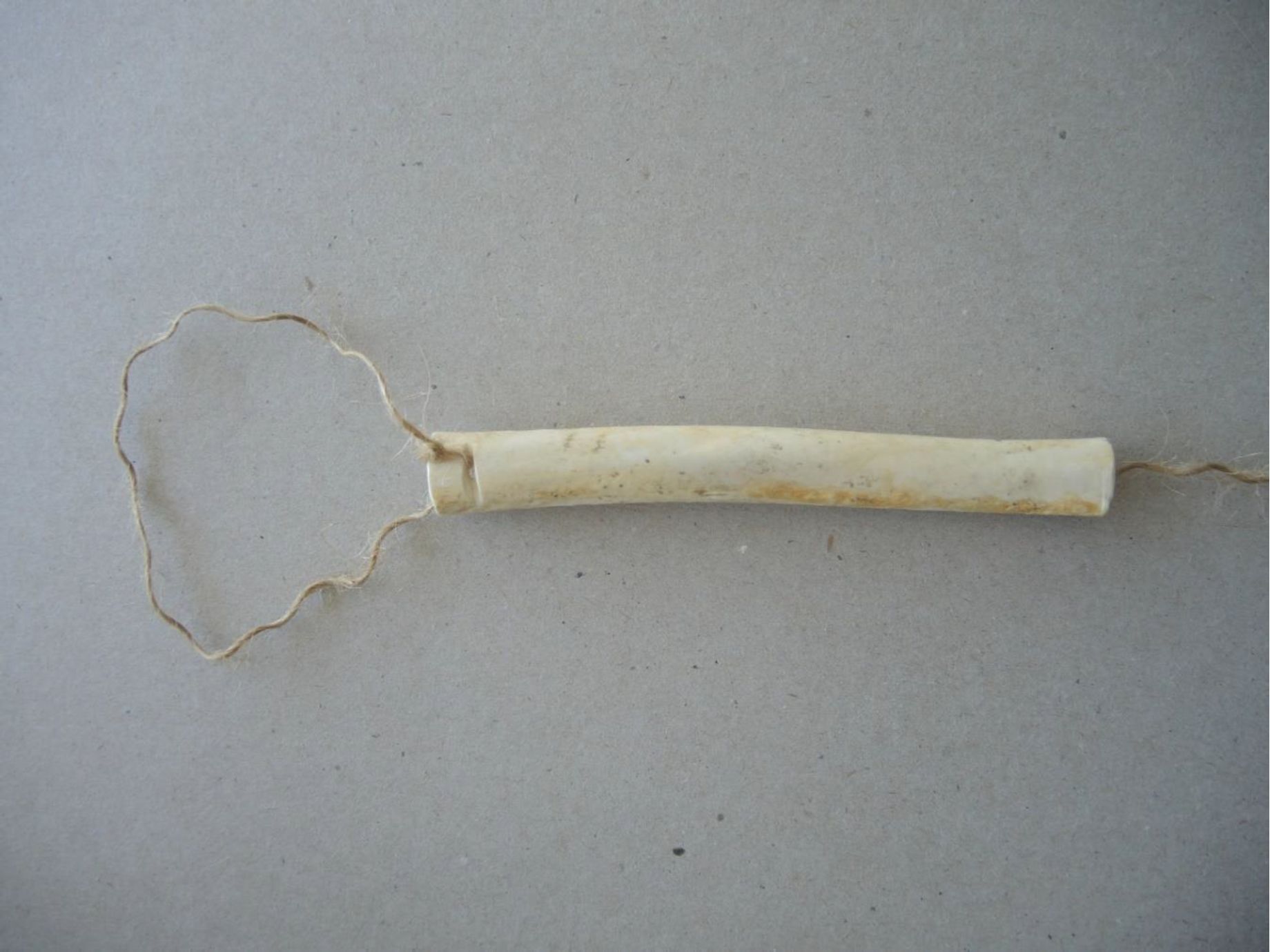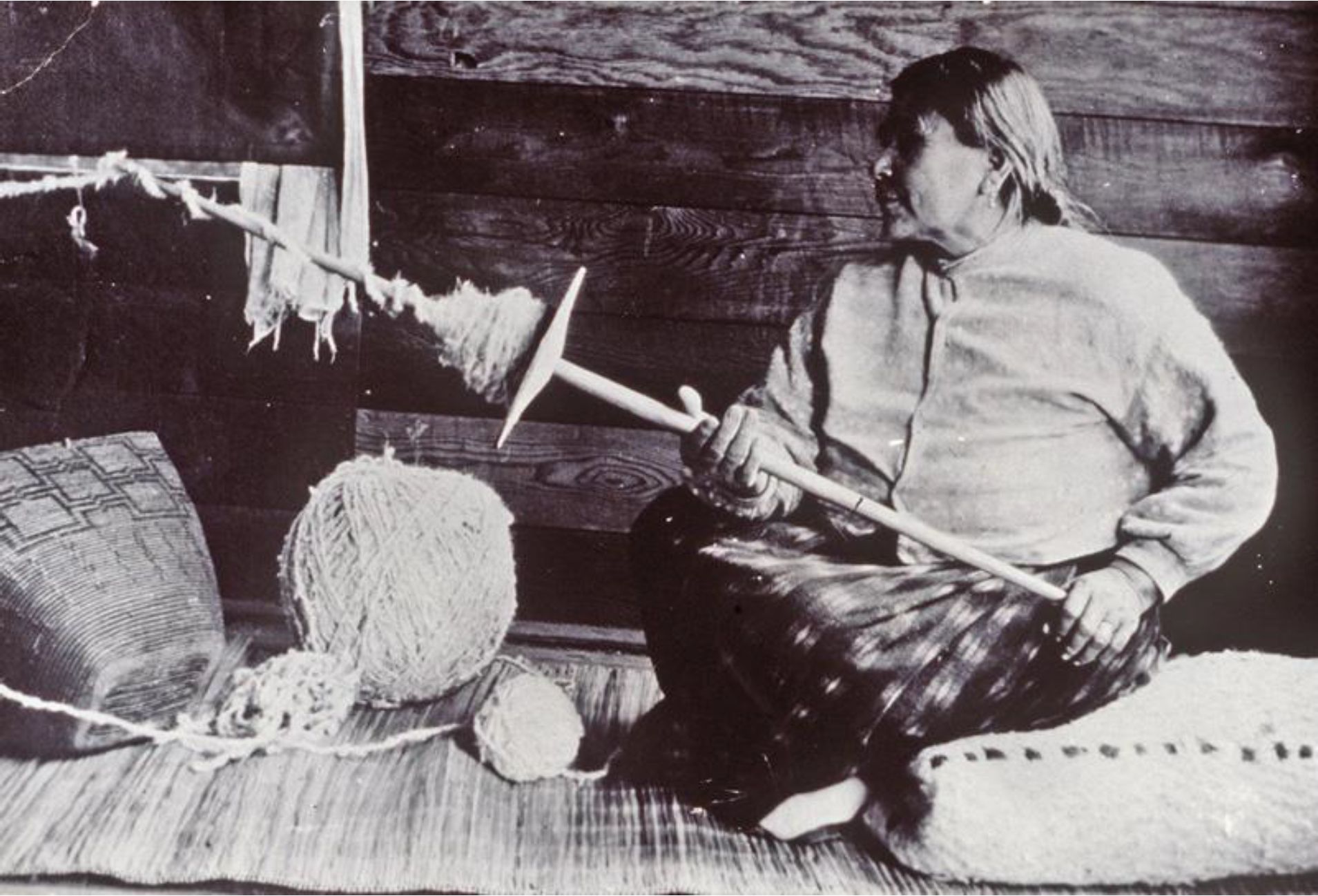
By Grant Keddie. March 2023. [Part 4 in this series on Spindle Whorls in British Columbia will deal with the Thunderbird and Lightening Snake Iconography most relevant to Part 3] Introduction Large wooden spindle whorls from the historic post contact period were used primarily for twisting together two already twisted strands of fibre. The fibre consisting mostly of hair of mountain goat, domestic dogs, seal and other mammals as well as bird down and plant material such as the plume of the fireweed. Description of the Large Whorls in the Ethnology Collection There are 30 large spindles whorls in the Royal B.C. Museum Ethnology Collection. The term ethnology is used here to refer to non-archaeological artifacts in the Indigenous collections. … Continue reading “Spindle Whorls of British Columbia Part 3. Large Historic Spindle Whorls in the Indigenous Collection of the Royal B.C. Museum.”
